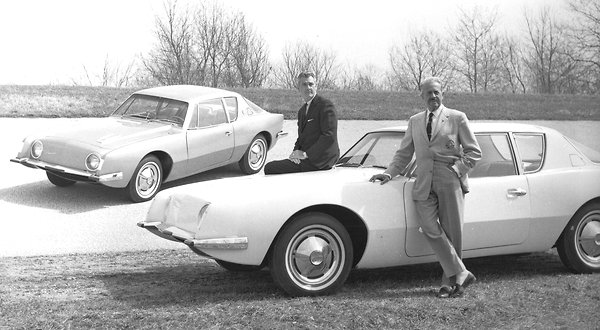As you can see from the Google Doodle, today would have been the 120th birthday of Raymond Loewy, the French-born industrial designer who revolutionized his field after emigrating to the U.S. He was a veritable Disney of design, bringing a sleek intelligence to too many product categories to count. Here’s an excerpt from his 1986 New York Times obituary:
“His impact on industrial design was first felt in the 1920’s, when everyday objects tended to be dowdy in color, ungainly in shape and bulky in form. Mr. Loewy’s goal was to make such objects sleek and unencumbered.
He led the movement to change when he redesigned the Gestetner duplicating machine, ridding it of its gawky protuberances, encasing its mechanical parts in a simple shell and mounting the whole on a graceful base.
Mr. Loewy was later credited with creating a new profession of designers who have left their mark on nearly every aspect of modern life. As the architect Philip Johnson put it, ‘Raymond started industrial design and the streamlining movement.’
Soon after Mr. Loewy’s success with the Gestetner copier, the Loewy look began to crop up on hundreds of products – refrigerators, ballpoint pens, ocean liners and passenger trains, tricycles and motorcycles and buses, and eventually spacecraft.
Mr. Loewy gave objects a shape, an image, a ‘packaged’ look, putting his unique mark on Coca-Cola dispensers, dinnerware, sewing machines, toasters, electric clocks and radios and television sets, and even cookie shapes for Nabisco. An Eagle and a Jet
The familiar eagle silhouette logotype of the United States Postal Service is a Loewy design, and so is the distinctive look of the President’s white Air Force One jet.
The premier industrial designer was a showman, and by no means was he self-effacing. He said, for example, in a 1979 interview: ”My early colleagues and myself helped create the life styles of Americans and, by osmosis, of the rest of the world. I found it difficult to reconcile success with humility. I tried it first but it meant avoiding the very essence of my career – total exhilaration and the ecstasy of creativity.'”
Tags: Raymond Loewy



